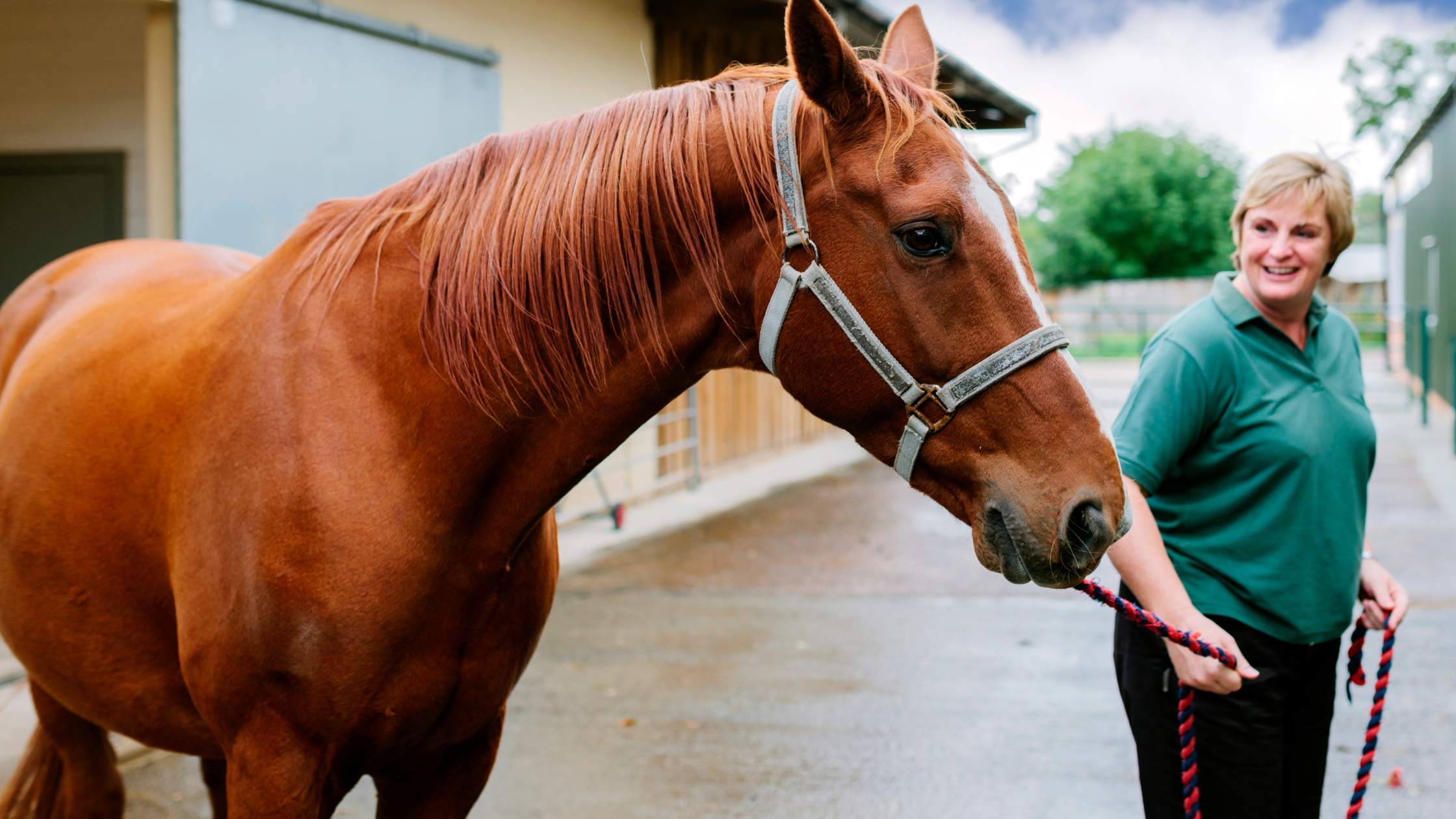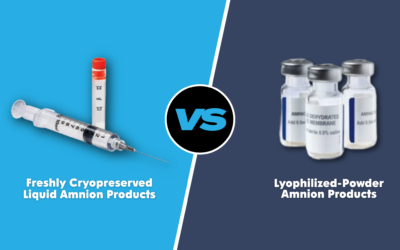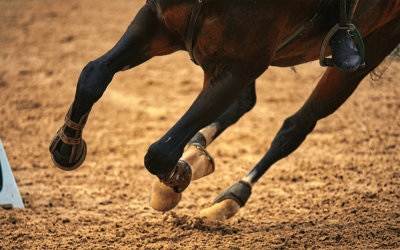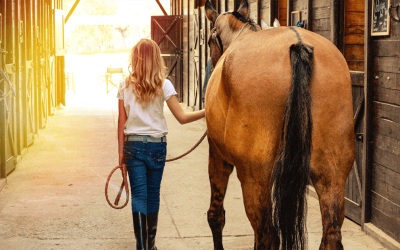Why RenoVō®? Alternative to PRP
Platelet-Rich Plasma (PRP) has been widely used in equine regenerative care, but it isn’t without its challenges. PRP preparations can vary significantly depending on blood quality, processing techniques, and the presence of white blood cells (WBCs), which sometimes trigger inflammation. This inconsistency can lead to unpredictable results, leaving veterinarians searching for a more reliable option.
RenoVō® offers a ready-to-use, standardized alternative without introducing the variability of PRP. Derived from equine amniotic tissue, RenoVō® provides a more consistent product containing beneficial proteins intrinsic to amniotic tissues like IL-1 receptor antagonist (IL-1ra), A2M, and TIMP-2— among others that are understood to reduce inflammation and support tissue health.
The Science Behind RenoVō®
While PRP relies on the activation of platelets to release growth factors for tissue repair, RenoVō® takes a different approach. It contains a combination of cytokines, growth factors, and anti-inflammatory proteins naturally found in amniotic tissue. Unlike PRP, RenoVō® is acellular, meaning it does not contain living cells like WBCs or RBCs that could trigger inflammation.
One key protein found in RenoVō® is IL-1ra (Interleukin-1 receptor antagonist), a protein that blocks the pro-inflammatory cytokine IL-1. This protein may help reduce inflammation at the site of implantation, creating a more favorable environment for tissue health. RenoVō® also includes A2M (Alpha-2-Macroglobulin) , TIMP-2, and other beneficial proteins that are understood to protect and support injured tissues.
For a deeper look at RenoVō®’s biological components, you can explore more here.
Consistency and Ease of Use
One of the biggest drawbacks of PRP can be in its inconsistency. PRP must be processed on-site, and the quality can vary based on blood collection, centrifugation techniques, and activation timing. This variability can lead to inconsistent outcomes, which is less than ideal when treating high-value horses.
RenoVō®, on the other hand, is aseptically processed, sterility tested, and ready to use right out of the package. This eliminates preparation time and ensures consistency across each batch. For busy equine veterinarians, RenoVō® simplifies use while delivering a large amount of beneficial proteins and a more predictable product.
Clinical Research & Real Applications
RenoVō®’s practical benefits and consistent outcomes are backed by both clinical research and real-world applications. Veterinarians have used RenoVō® successfully in countless cases.
If you’re interested in seeing how some Veterinarians are using RenoVō® in practice, take a look at:
Why RenoVō® Makes Sense
PRP has been a common tool in equine regenerative therapy, but its variability and potential for inflammation can limit its effectiveness. RenoVō® provides a standardized, acellular alternative that may reduce inflammation as compared to PRP, while delivering more consistent outcomes. Its ready-to-use formulation simplifies use for veterinarians, making it a practical choice for equine tissue support.
For veterinarians looking to provide reliable care without the challenges of PRP preparation, RenoVō® stands out as an advanced and effective option.
Learn more about RenoVō® by exploring our resources and studies. Have questions? We’re here to support you, contact us here.




